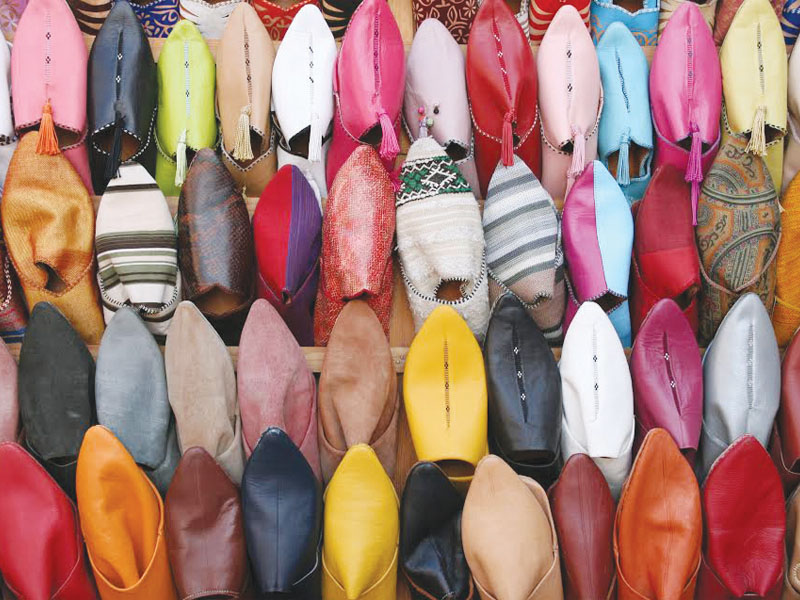The women of the desert’s use of tiblaj and of henna and Peganum harmala to ward off spells
Issue 28

Wedding preparations start with henna ceremonies. The bride sits in the courtyard of her home in the middle of a circle of women who take turns applying Henna to her hands. The bride’s face is covered with a white veil, and guests present her with gifts in a process that conveys signs. The gifts are passed over the bride’s head several times in a circular motion, then the bride’s mother throws handfuls of henna and Peganum harmala into the air to avert the evil eye and ward off any spells. After the bride goes to her room, the singing and dancing commence.

Just before the end of the party, the bride returns to the courtyard, where a band awaits her. Wearing a white or green gown, she sits and women stand around her to hide her from the view of the guests.
On the night of the wedding, the bride sits on a decorated gold tray; she wears the family crown, which is covered in a green cloth, and her chest is covered in jewellery. She dances around with the crown on her head before sitting down in the middle of a circle of women. Depending on the distance between the bride and groom’s homes, the bride may travel to the groom’s home on horseback or be carried on the gold tray. She is accompanied by her family, neighbours and a band of singers, and it is traditional for a man to try to block her path until he is given some of the gifts. This is a re-enactment of ancient rituals, when escorts had to protect the bride and ensure her safe passage by bribing the leaders of bands of thieves.
When the bride arrives at the groom’s house, the groom’s father receives her with dates and milk, while the groom throws dates, almonds and other nuts over the heads of the guests. The bride is then taken to her room, where she removes the family crown so it can be returned to her father’s house.
To the tribes who live near Al Saqiyah Al Hamra in the Moroccan desert, plumpness is a sign of high social standing and abundance. In the desert, plump women are considered beautiful, because their size signifies that they are well-behaved and disciplined, qualities that do not seem to interest the women of today.
Slender women are considered undesirable by desert people, who have inherited their ancestors’ standard of beauty. A desert beauty is easy to spot; the ideal is a fleshy beautiful woman ‘who fills up the eye of the sun’. A plump woman is considered attractive and is more likely to win a man’s respect and love. In their verses and songs, desert poets associate womanly beauty with fleshiness, believing it to be an indicator of fertility. Poets compare women’s bottoms to sand dunes and waves; they praise voluptuousness. As a result, women are obsessed with being plump, and they sometimes even resort to unhealthy ways of gaining weight.
Ahmed Ulwa
Morocco







































































